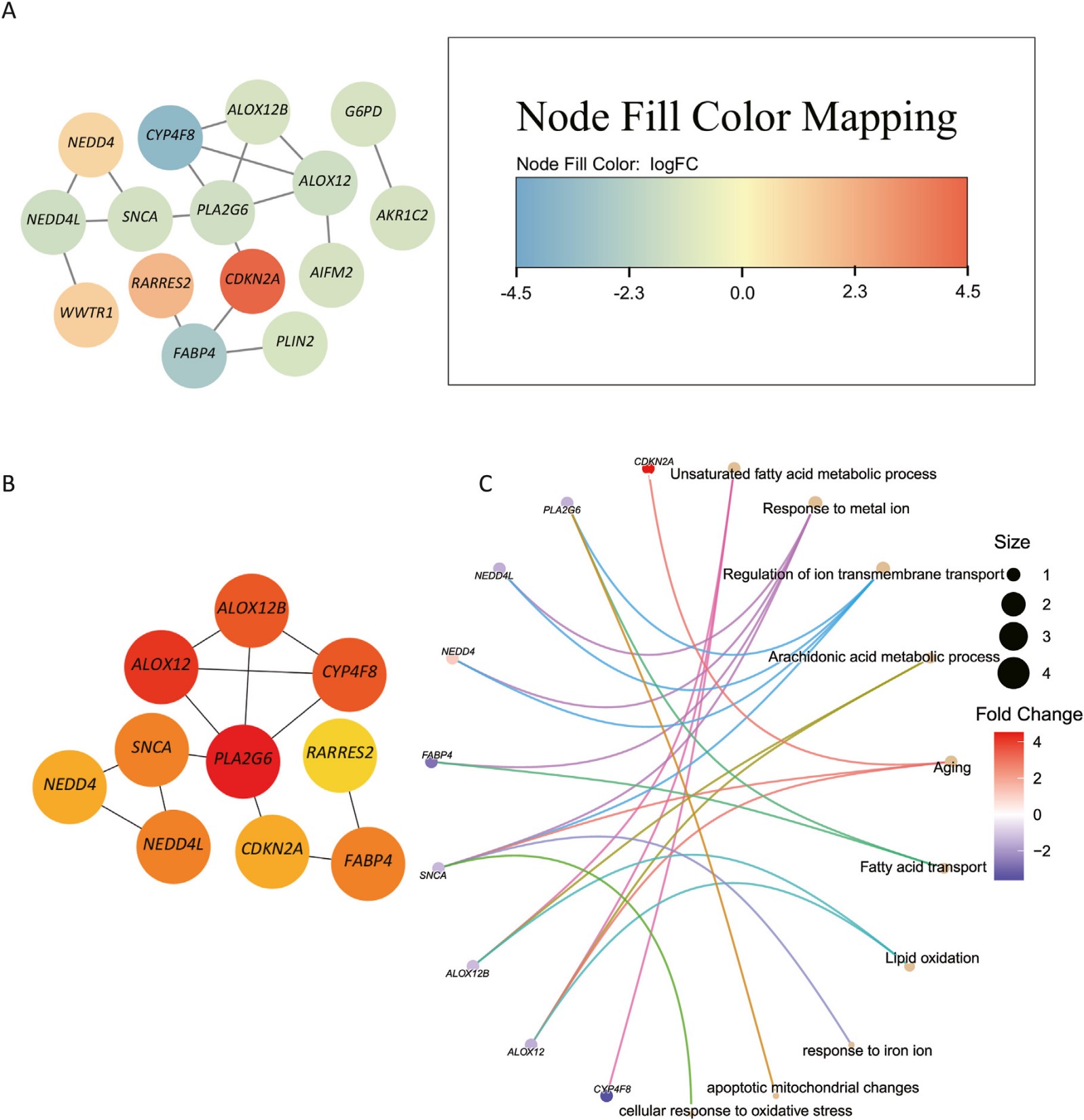New Insights into Keloid Formation and Potential Treatments
Published 04 September, 2024
Researchers at Peking Union Medical College Hospital have gained new insights into the formation of keloids, which form when the skin heals abnormally after an injury, leading to excessive growth of scar tissue. Keloids can be painful, itchy and cause emotional distress due to their appearance. The condition is particularly challenging to treat because the scars tend to recur even after removal.
To that end, the researchers investigated the gene expression profiles involved in this process and identified 25 genes related to ferroptosis, a type of cell death involving iron and lipid peroxidation.
“Ferroptosis plays a role in removing damaged cells, and its disruption can contribute to uncontrolled cell growth,” explains Xiaojun Wang, senior and corresponding author of the study.
"We found that key genes involved in ferroptosis, such as ALOX12, ALOX12B and CYP4F8, show reduced activity in keloid tissues. This reduction suggests that the normal cell death process is disrupted in keloids, which might explain their uncontrolled growth."
The researchers also identified several specific miRNAs, small molecules that help regulate gene expression by interacting with mRNA. These miRNAs play a key role in controlling ferroptosis in keloids. Understanding how these miRNAs work allows researchers to develop new treatments that target these molecules to reactivate ferroptosis and control keloid growth.
"Our study offers a new perspective on treating keloids by focusing on this specific type of cell death," concludes Wang. "We hope this will lead to more effective therapies for patients dealing with keloids."

Contact author:
Xiaojun Wang, Department of Plastic and Reconstructive Surgery, Peking Union Medical College Hospital, Chinese Academy of Medical Sciences and Peking Union Medical College, Beijing, 100730, China. pumchwxj@163.com
Funder:
This work was supported by the National Natural Science Foundation of China (grant no. 81971846) and National High Level Hospital Clinical Research Funding (grant no. 2022-PUMCH-B-042).
Conflict of interests:
The authors declare that they have no known competing financial interests or personal relationships that could have appeared to influence the work reported in this paper.
Article:
Qiu Z et al., Elucidating the interplay of ferroptosis-related genes in keloid formation: Insights from bioinformatics analysis. Chin J Plast Reconstr Surg. 2024;6(2):57–64. https://doi.org/10.1016/j.cjprs.2024.04.002.